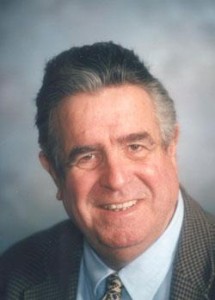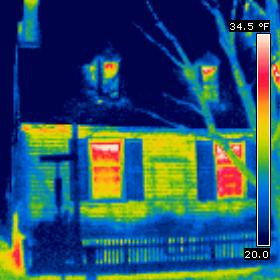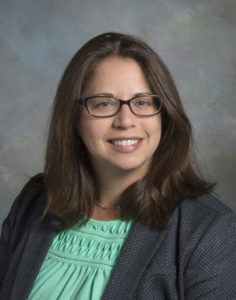Brown Morton, professor emeritus of the Department of Historic Preservation, wrote a letter to the editor of the Connection Newspapers in Northern Virginia on the preservation of the Hugo Black House in Old Town Alexandria. “In 1949, I moved with my family to Old Town Alexandria and knew most of its residents from my days delivering the Alexandria Gazette as a youngster,” Morton said. “As I recall, that is how I came to know Justice Hugo Black who lived at a historic home with an unusually large garden at 619 South Lee St.” Read more.
McMillan Publishes Book Chapter
Lauren McMillan, assistant professor in the department of Historic Preservation, published a co-authored book chapter, “Reanalyzing, Reinterpreting, and Rediscovering the Appamattucks Community” in the edited volume New Life for Archaeological Collections.
About the book:
“New Life for Archaeological Collections explores solutions to what archaeologists are calling the “curation crisis,” that is, too much stuff with too little research, analysis, and public interpretation. This volume demonstrates how archaeologists are taking both large and small steps toward not only solving the dilemma of storage but recognizing the value of these collections through inventorying and cataloging, curation, rehousing, artifact conservation, volunteer and student efforts, and public exhibits.”
McMillan and Students Present Research
Lauren McMillan, assistant professor in the Department of Historic Preservation, and five students presented at the Middle Atlantic Archaeological Conference on March 22 and 23. McMillan presented a paper entitled: “Native Pipe Making and Use in the Rappahannock River Valley.”
Student papers included:
- Shannon Bremer, “A Soldier’s Words: Literacy and Writing at Sherwood Forest Plantation (44ST615) during the Civil War.”
- Delaney Resweber, “Stratford Hall: An Analysis of Yard Space at the West Field and Oval Site.”
- Olivia Larson, “Debitage Analysis and Interpretation of a Prehistoric Site in Burlington County, New Jersey.”
- Elizabeth O’Meara, “Personal Adornment in the 17th Century at Nomini Plantation (44WM12).”
- Ethan Knick, “Facing a Mystery: Exploring the Presence of a Lone Native American Anthropomorphic Effigy from a 17th-Century Virginia Plantation.”



